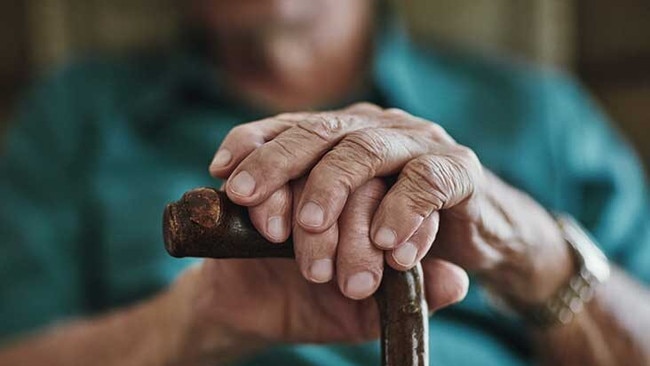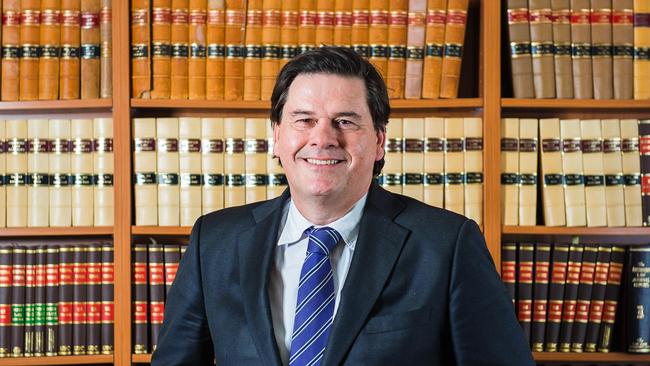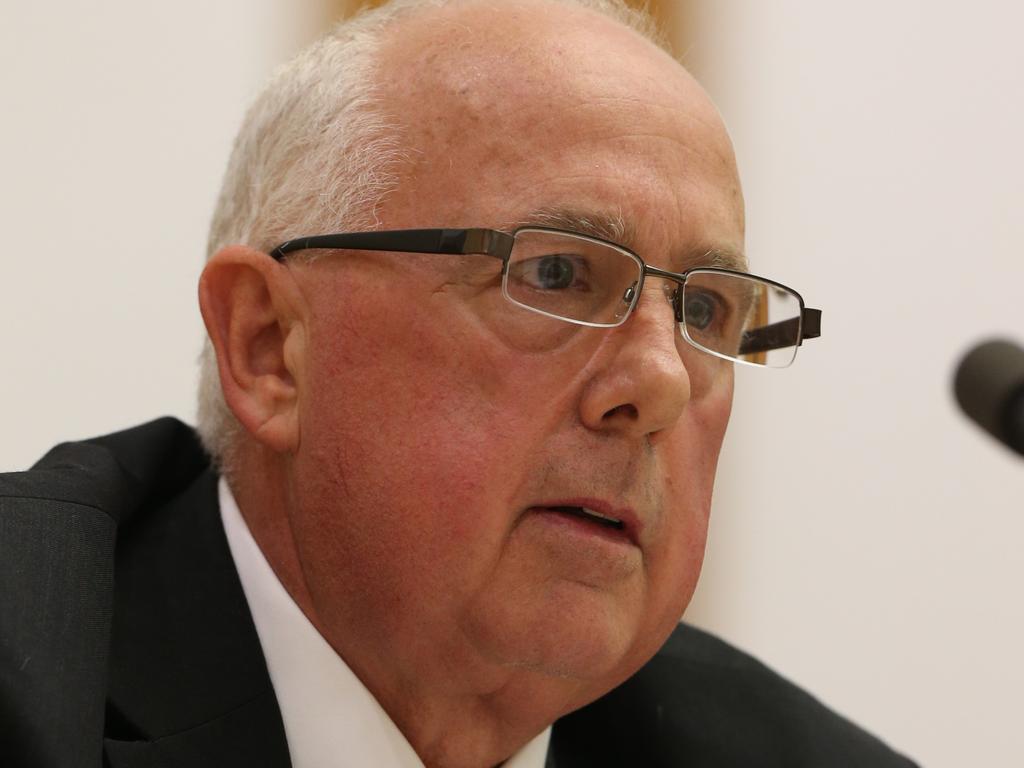Cost of pay hike for aged-care staff to top $2bn
An interim decision to give ‘direct care’ workers a 15 per cent pay rise ahead of a final decision will come at a $2bn cost to the already strapped federal budget, new analysis shows.

A wage hike for more than 330,000 aged-care workers is set to cost taxpayers up to $2.1bn a year, with more to come, but employers have warned the Albanese government will have to foot the growing aged-care bill even if it has to cut the federal budget for other services.
An interim ruling by the Fair Work Commission on Friday awarded a 15 per cent pay rise to “direct care” workers in aged care, such as nurses and personal care workers, but left open the option of increasing wages even further, possibly up to the unions’ claim for 25 per cent, in its final decision.
The commission also delayed ruling on whether about 100,000 administration and support workers in both residential aged care and in-home care, including allied health workers, cleaners and maintenance workers, merited a pay rise, and if so how much.
Both are likely to add to the already hefty cost of the “justified award increase”, leading aged-care analyst and StewartBrown partner Grant Corderoy said.

“The fiscal cost of the increase is likely to be around $1.9bn per annum based on the current staff costs for the direct care workers,” Mr Corderoy said. “In addition, bringing mandated care minutes up to the new required level will add a further $245m.”
But the decision left key matters uncertain, including the timing of the new pay arrangements, what additional rulings are made for direct and indirect workers in the final decision and whether “on costs”, such as superannuation, leave entitlements and workers compensation worth about $480m were covered, he said. His costings assumed they were.
The Albanese government has committed to fully fund the outcome of the aged-care wage case, despite a budget significantly in debt and the trajectory of aged-care costs, one of its most expensive programs, on the rise. It said better pay was needed to attract and retain enough staff to care for older Australians as the population aged.
Australian Industry Group chief executive Innes Willox said the government must stick to this commitment, even if other areas of the budget were cut.
“The wage increases for aged-care workers will have to be funded by the government,” Mr Willox said.
“Service providers have no scope to pay an increase of this magnitude apart from increasing fees to an unsustainable rate for families or winding back on services. The ball is simply in the government’s court and you assume they will have to make cuts in other areas and services to fund it,” Mr Willox said.

Pay rates of aged-care workers vary depending on skills and qualifications, with personal care workers’ rates starting as low as $22 an hour.
In its interim ruling on the joint case brought by the Health Services Union and the Australian Nursing and Midwifery Federation, the commission’s full bench found the work of those in direct care roles in aged care had been historically undervalued and significant changes to the way they worked over the past 20 years justified a wage increase.
While the ruling was a “good start” to deliver better-quality care, it would put already financially strapped aged-care providers under pressure to increase pay for staff not covered by the new 15 per cent a year wage hike, Mr Corderoy said.
“There will be a significant pay gap for workers, including office support staff, cleaners, kitchen and laundry workers and maintenance personnel until the final decision is made,” he said.
“There will be pressure on providers to meet this pay gap, unfunded by the government. This has been an issue in the past, for instance, when the workforce bonus during Covid was available to direct care workers, but excluded other aged-care staff, leaving employers having to decide whether to pay out of their own pocket to retain them.”
Aged care cost the budget $23bn last financial year, rising to a projected $34.7bn by 2025-26. It is projected to rise by more than 6 per cent a year for the next decade on the back of an ageing population.








To join the conversation, please log in. Don't have an account? Register
Join the conversation, you are commenting as Logout